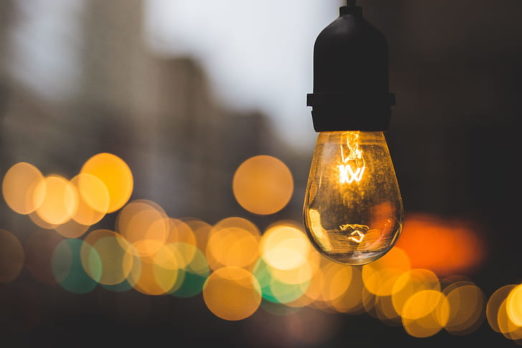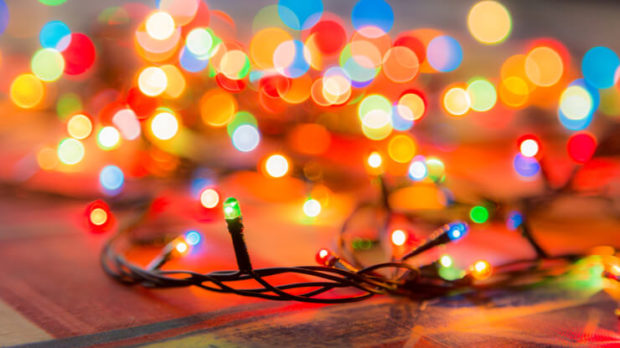
Solar panels and wind turbines get a lot of attention these days, but a more basic medium is also helping reshape the energy economy: The simple light bulb.
In fact, there’s been a quiet light bulb revolution in the United States over the past decade, with many households moving to more energy-efficient lighting.
According to the Natural Resources Defense Council, there are about six billion screw-in sockets in homes across the United States and two to three billion of those still have inefficient incandescent or halogen bulbs in them.
LEDs, or light-emitting diodes, are the most efficient light bulbs on the market, according to the Department of Energy. They use up to 85 percent less energy than traditional incandescent bulbs, the ones with a thin wire filament inside, and can last up to 25 years.
If every home in the country switched those sockets over to LEDs at once, we’d save an estimated 38 million tons of carbon dioxide emissions a year. If that doesn’t sound like much, it’s equal to the emissions from about seven million cars, and the United States would save about $14 billion on lighting annually.
As the COVID-19 pandemic impacts daily life around the globe, households will likely see an increase in energy and water usage as individuals and families stay put. Switching to LEDs can also help households save roughly $100 a year on their electrical bill, depending on variables like electricity rates where a person lives, etc.
The cost of LEDs tends to be higher than traditional incandescent bulbs, but that’s rapidly changing as technology improves.
Learn more @ ENERGY.GOV

In today’s world, where energy consumption is at an all-time high and energy costs are rising, finding ways to use…

The summer sun can turn your home into a furnace, sending your air conditioning unit into overdrive and your energy…

This year, why not gift yourself with energy efficiency? Whether you prefer a light touch or are the next Clark…